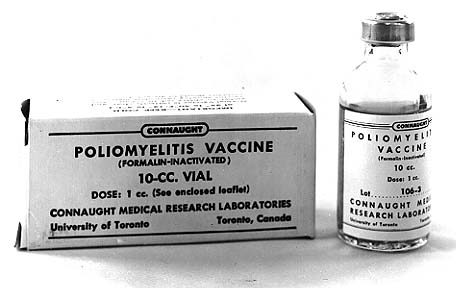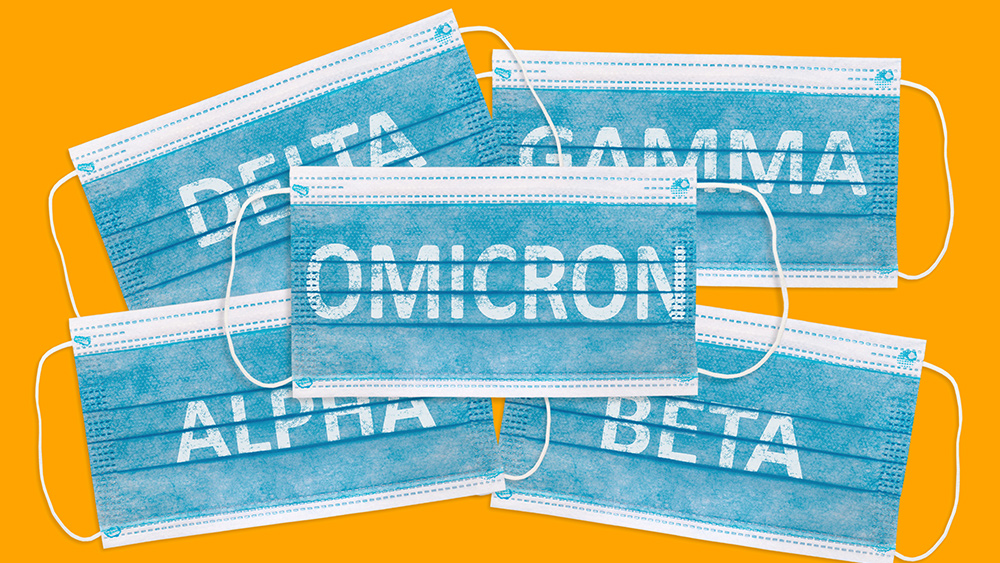US once again running out of face masks as coronavirus cases surge, nursing homes most vulnerable to supply shortage
11/26/2020 / By Arsenio Toledo

Despite the fact that the situation regarding the United States’ supply of personal protective equipment (PPE) has greatly improved since the coronavirus (COVID-19) pandemic began, the recent surge in cases is once again straining the country’s resources.
In many parts of the country, supplies of N95 face masks and other protective gears have dipped below the amount public health experts recommend. Many health facilities are even reporting that they have resorted to rationing and reusing masks.
Despite the fact that mask manufacturers are now increasing production to cope with the demand, some state health department officials have said that they expect mask supplies to tighten further before being stabilized by the increased production. Many hospitals and other healthcare facilities are required to stockpile a certain amount of face masks and other protective equipment. However, the stockpiling efforts are slowing down because of the recent rise in COVID-19 cases. (Related: CDC says masks work better than vaccines at preventing COVID-19.)
For example, in Michigan, the state’s health department recommends that healthcare facilities maintain a 90-day supply of protective gear. But nearly two-thirds of health facilities in the state have reported having less than a three-week supply.
“We would really like to beef up our stockpiles, but volume is high for everyone, so you can’t,” said Jeff Wagner, a supply chain manager for MidMichigan Health, a health system operating seven healthcare facilities in the state.
Watch this episode of Brighteon Conversations with Mike Adams, the Health Ranger, as he has an illuminating interview with Dr. Sherri Tenpenny regarding the stupidity surrounding mask mandates.
Mask manufacturers working to radically increase production
“The N95s are really the most challenging,” said Wagner, who laments their lack of adequate supplies.
Many states are desperate to reinforce their supply of N95 masks. This has made the demand for them really high. In New Mexico, reports came out last week that nearly 90 percent of the state’s hospitals were reusing N95 masks due to the rise of new COVID-19 cases. In Wyoming, the health department told healthcare facilities that they may reuse N95 masks as an emergency measure if coronavirus-related hospitalizations rise.
3M Co., one of the country’s largest domestic manufacturers of N95 face masks, is on track to produce nearly 100 million face masks a month by the end of the year. Honeywell International Inc. is capable of producing around 20 million masks a month, and many other companies have increased their capacity to make at least 20 million more masks a month.
“N95s are still in high demand,” said 3M CEO Mike Roman. “We have more demand than we can supply.”
The National Institute for Occupational Safety and Health (NIOSH) has certified around 20 new mask manufacturing companies this year alone, including Pandemic Solutions, an N95-maker based in Las Vegas that has seen the demand for their masks rise by about 40 percent in the past two weeks.
“As fast as we are making them, they are leaving the facility,” said Will Mijangos, the company’s operating manager, who said that their number of orders has swelled from 30,000 to 100,000.
NIOSH has even allowed hospital systems to begin manufacturing masks for their own internal use, such as WellSpan Health, a hospital network in Pennsylvania that is planning to make 500,000 masks a month with the help of a local manufacturer.
States, companies and health systems all over the country are working to solve the N95 mask shortage so that they no longer need to rely on KN95 masks, which are N95 masks produced in China, because many of these masks have failed quality checks.
Nursing homes worst affected by the shortage of PPEs
While hospitals are working to address their supply shortage, more attention must also be given to nursing homes, which are once again dealing with a shortage not just of face masks but also gowns and other protective gear.
According to a report by the U.S. Public Interest Research Group (U.S. PIRG), the critical shortage of PPEs in nursing homes never really went away. It just became much worse as the pandemic dragged on. Meanwhile, a report by the U.S. PIRG’s Education Fund and Frontier Group said that over 226,000 nursing home residents were at risk of contracting COVID-19 back in August because they were living in nursing homes that were dangerously low on one or more types of PPE and hand sanitizer.
They also found out that around 20 percent of nursing homes in the country had less than a one-week supply of one or more types of PPE, and at least eight percent of long-term care homes were completely out of PPEs.
Their analysis of PPE supplies shows that the number of nursing homes that are either at risk or have already run out of PPEs has risen since May.
“It is unconscionable that the United States is dealing with severe PPE shortages at this point in the pandemic,” said Teresa Murray, a U.S. PIRG consumer watchdog and coauthor of the report. “It’s affecting everyone, including hospitals, businesses and schools. It’s even more appalling that this is how we treat our most vulnerable – our senior citizens and people recovering from a major surgery or illness.”
Murray and her coauthor, Jamie Friedman of the Frontier Group, said that more attention needs to be paid to the supply shortage in nursing homes because one outbreak could wipe out their supply in a day or two.
“In addition, it’s a huge problem because [nursing] homes don’t necessarily know when they’re going to get more of a particular item.”
Without enough PPEs, the U.S. PIRG report states that nursing home workers will not be able to adequately protect themselves and the residents they serve. Not only that, but the family members of nursing home workers will also be at risk, as well as the people they all come into contact with in public places.
Learn more about the recent surge in coronavirus cases in the United States and what local, state and federal officials are doing about it at Pandemic.news.
Sources include:
Submit a correction >>
Tagged Under:
America, coronavirus, covid-19, face masks, Flu, government, healthcare facilities, healthcare workers, Hospitals, infections, mask shortage, nursing homes, outbreak, pandemic, PPE shortage, PPEs, supply shortage
This article may contain statements that reflect the opinion of the author
RECENT NEWS & ARTICLES
Infections.News is a fact-based public education website published by Infections News Features, LLC.
All content copyright © 2018 by Infections News Features, LLC.
Contact Us with Tips or Corrections
All trademarks, registered trademarks and servicemarks mentioned on this site are the property of their respective owners.





















